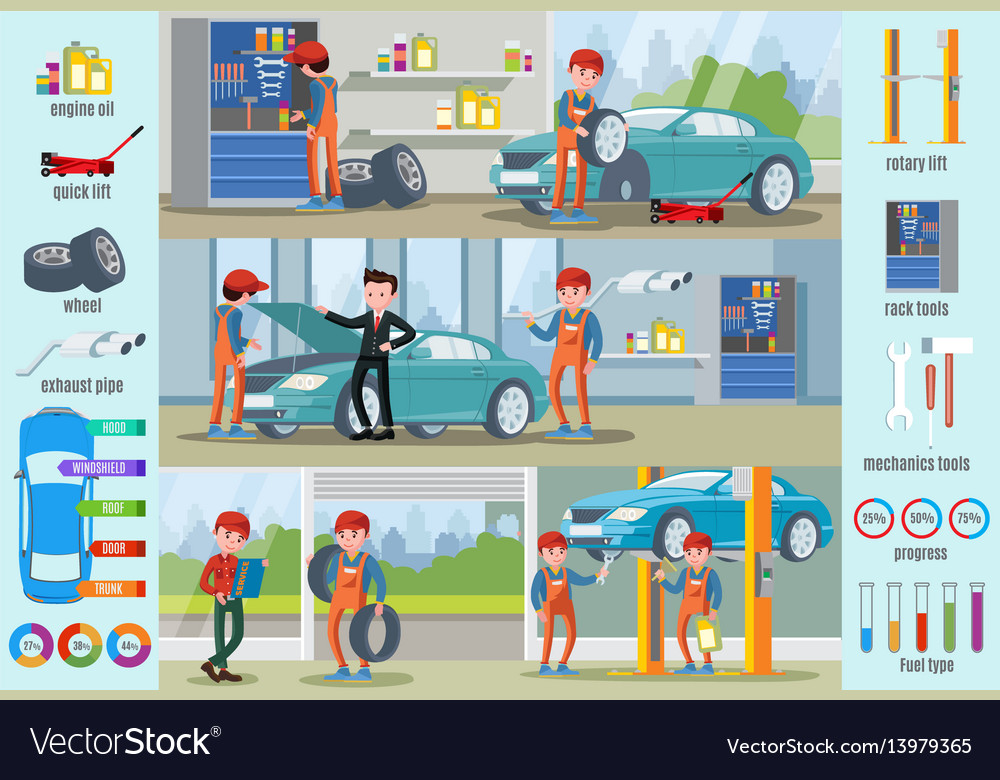Open Up The Hood To Discover Common Brake System Problems And Their Repairs, However What About Squishy Brake Pedals? Discover The Service In Advance! Discover More Below
Open Up The Hood To Discover Common Brake System Problems And Their Repairs, However What About Squishy Brake Pedals? Discover The Service In Advance! Discover More Below
Blog Article
Write-Up Written By-Erickson Herring
When it concerns your automobile's brake system, understanding usual issues can conserve you from possible safety threats. From determining brake pad wear to dealing with brake liquid leakages, knowing just how to take on these troubles is vital. Yet what regarding those spongy brake pedals? There's https://daltonnidyt.blogadvize.com/38256439/brace-on-your-own-for-an-enlightening-look-into-the-covert-prizes-of-top-notch-automobile-repair-shops-that-will-entirely-change-your-approach-to-vehicle-upkeep for that as well. Keep tuned for try this web-site concerning these problems and the functional options that can keep you safely when traveling.
Brake Pad Wear and Replacement
When it concerns preserving your lorry's brake system, one important facet to keep an eye on is the wear and replacement of brake pads. Brake pads are necessary elements that press versus the brake rotors to reduce or quit your car. In time, these pads wear down as a result of friction, calling for routine examination and substitute to ensure your brakes function properly.
To establish if your brake pads need substitute, pay attention for screeching or grinding noises when you apply the brakes. Additionally, if your lorry takes longer to quit or you notice resonances or pulsations when stopping, it might be time to change the brake pads.
Ignoring used brake pads can lead to reduced stopping performance, damages to other brake parts, and even brake failure.
Replacing brake pads is a relatively simple procedure for several cars. Nevertheless, if you're not sure or uncomfortable doing this job, it's best to consult a professional auto mechanic to ensure appropriate installation and ideal brake performance.
Routinely checking and replacing brake pads is important for your safety and security and the longevity of your automobile's stopping system.
Brake Liquid Leaks and Upkeep
To guarantee your car's brake system functions efficiently, it is very important to likewise pay attention to brake liquid leakages and maintenance. Brake fluid is crucial for sending the force from your foot on the brake pedal to the actual stopping system. One usual concern with brake liquid is leaks, which can occur as a result of shabby brake lines, seals, or connections. If you see a pool or trickles under your cars and truck, it's vital to deal with the leak quickly to avoid a possible brake failure.
Consistently inspecting your brake fluid level is crucial to keeping your brake system. Reduced brake liquid can result in air going into the brake lines, which compromises stopping performance.
Furthermore, old or infected brake fluid can affect the overall effectiveness of your brakes. It's suggested to adhere to the manufacturer's standards on when to change the brake fluid, commonly every 2 years.
Spongy Brake Pedal: Bleeding Brakes
If you've ever before experienced a mushy brake pedal while driving, you recognize the relevance of maintaining a company and receptive stopping system. One common root cause of a spongy brake pedal is air trapped in the brake lines. When air enters the brake system, it can cause a loss of hydraulic stress, leading to that unsettling spongy sensation when you push the brake pedal.
To resolve this problem, bleeding the brakes is necessary. Hemorrhaging the brakes includes removing the air from the brake lines to bring back appropriate hydraulic stress.
To bleed the brakes, you'll need a helper to assist you. Begin by finding the brake bleeder shutoff on each wheel, generally located near the brake caliper. With a wrench, loosen the valve and have your helper press the brake pedal while you observe any type of air bubbles coming out. Repeat this process for each wheel, beginning with the wheel farthest from the master cyndrical tube and relocating more detailed.
When you no longer see air bubbles and only clear fluid emerges, tighten the shutoff and top up the brake liquid storage tank as needed. Bleeding the brakes aids make certain a firm brake pedal and boosts overall stopping performance.
Conclusion
Since you understand common brake issues and how to fix them, you can ensure your automobile's safety and efficiency. Bear in mind to listen for warning signs like shrilling noises or squishy brake pedals, and address them promptly. Routine upkeep and timely replacements are crucial to maintaining your brakes in top condition. Stay proactive and alert to your brake system to enjoy secure and dependable driving experiences.
